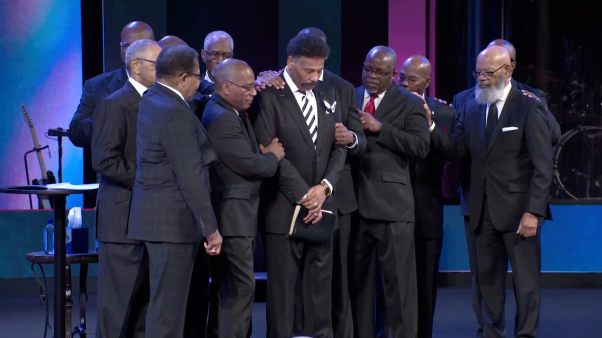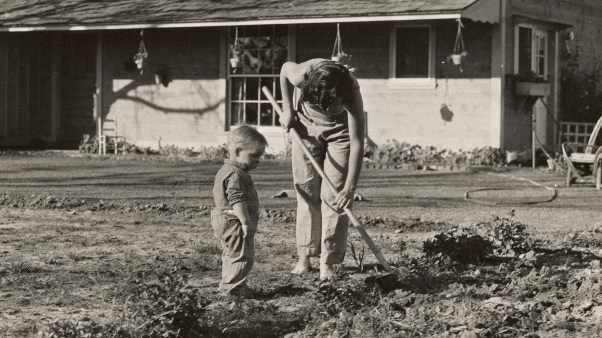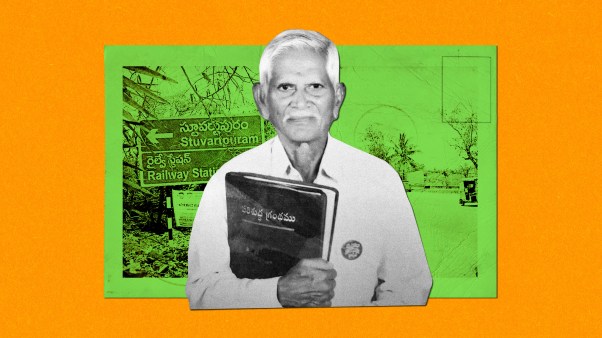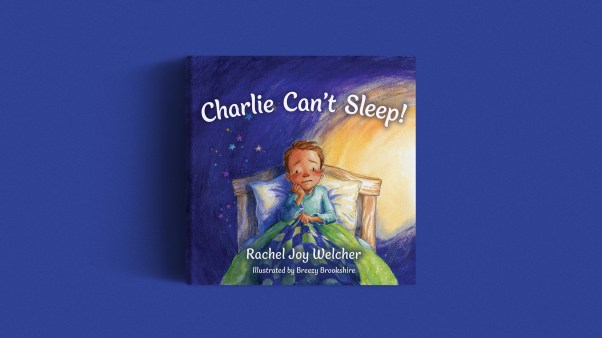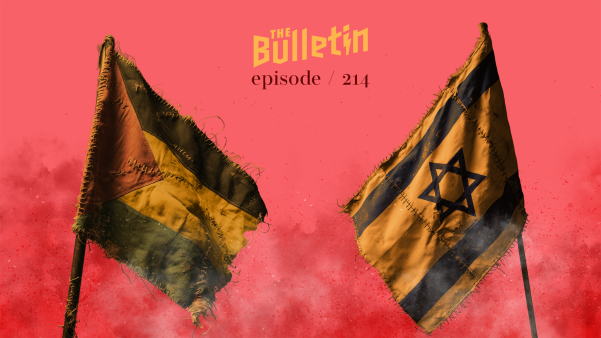Something Wicked This Way Comes
Walt Disney: a Jack Clayton film
It is an interesting contradiction that Walt Disney Studios, purveyor of family-oriented fantasy and amusement, has also brought to the motion picture screen some profound images of evil. There was that wicked witch who became a fire-breathing dragon; a vicious aunt who enjoyed killing spotted dogs; And who can forget the tragic deaths of Bambi’s parents? The demonic wickedness in Something Wicked This Way Comes is therefore not so much a departure as an ongoing tradition.
Something Wicked is, however, less than it should be—though great art is not necessarily what is called for since this is primarily a children’s film. It will undoubtedly find a home in churches and neighborhood theaters where audiences will appreciate its overt message of good versus evil.
But something terrible happened to Something Wicked in its transformation from novel to film. Ray Bradbury’s adaptation of his own story lacks coherence. Rounded characters are flattened, and the only sympathetic participant even remotely more than a stick figure is the town librarian, Charles Halloway—an oddly uninvolved performance by Jason Robards. The relationship between Will Halloway and Jim Nightshade, two inseparable friends whose obsession with a demonic carnival sparks the central narrative conflagration, is never explained. We remain strangely separated from their fate and, indeed, from the eternal appointment of the entire town. The necessary connection between audience and hero-in-jeopardy is never established. Our sympathy and our fear are never sufficiently engaged. These are structural problems that cannot be minimized. Whatever the film’s message, the intensity of our reaction and depth of comprehension are keyed to these very basic elements. We are kept at a distance: observers before an artificial proscenium, not participants in an active cinematic experience.
Yet, surprisingly, this film succeeds. Director Jack Clayton has very nearly created a mood piece in place of the movie lost in the creative process. As the blood-red titles splash on the screen, a sinister train puffs and slouches toward the camera and we know surely that something wicked approaches. As it turns out, “Mr. Dark’s Carnival and House of Temptation” is owned and operated by the Prince of Darkness himself, and when the boys discover this they become objects of his satanic fury. Inexorably, they are sought and captured, but not before Dark has enslaved other, more prominent, members of the community with promises of fulfilled lust. Ultimately and allegorically, love and joy overcome evil, and our heroes run, happy and free, into a bright Disney dawn.
Along this road to cinematic salvation we are treated to flashes of genuine brilliance from Clayton and the Disney craftsmen. One sequence, worth the price of admission, occurs when Mr. Dark is searching the town for young Halloway and Nightshade. The old devil angrily confronts the meek librarian while the two boys crouch in fear beneath the grating at the men’s feet. Blood drips from Dark’s clenched fist and splatters down Will’s cheek. When the carnival owner finally moves on, father and son link fingers through the same grate. It is a significantly moving scene.
The major beneficiaries of all this effort will be the younger viewing audience. They will understand intuitively that the fat man who ran the barber shop did something very wrong and that Mr. Dark is not someone to fool around with. More important, they will discover that evil has an end; that love is stronger than the dark things under the bed or on the movie screen. There are violent moments, to be sure, but certainly no more intense than the “reality” of some children’s television and done with considerably more good will. Disney has earned the support and appreciation of the Christian community for making this film. Of course, there will be frightened kids clinging to their parents’ arms, but fear is what is called for when dealing with the Devil. Better to be afraid now than to learn indifference as the corrosive years erode their sense of wonder and faith. Something Wicked This Way Comes is not “The Mickey Mouse Club,” but it is everything (and more) the old Disney movies told us about the darker side of the universe. It is biblical allegory for those too young to read or appreciate the original source. And you can bet they’ll remember it long after their Sunday school flannelgraph is part of somebody’s quilt.
Reviewed by Harry Cheney, a writer living in Torrance, California.



